
This is stated by the latest EU wind Eurobarometer, which has just taken stock of 2016, a year in which the Old Continent only installed 1.412 megawatts of wind power in the sea (compared to more than 3.000 the previous year), but that , at the same time, computed the largest economic investment ever recorded in a single year in offshore wind in Europe: 18.200 million euros (40% more than in 2015).
The European Union reached, as of December 31, 2016, a total accumulated wind power (onshore and offshore) of 153.600 megawatts (12.068 M more than the previous year). Germany was once again the continent's wind engine, since he added to his private account up to 5.443 new megawatts. From them -informs EurObserv'ER-, 824,3 were erected offshore, a scenario in which Germany has also been a leader this year.
Behind, the Netherlands, which connected in 2016 the Gemini Marine Park, an imposing offshore wind facility made up of 150 Siemens four megawatt (4 MW) turbines.
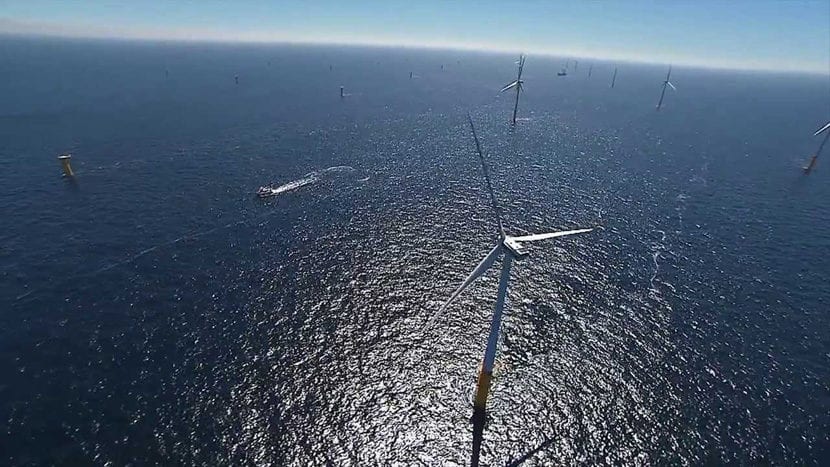
This park has a total power of 600 megawatts, it is located in the Dutch waters of the North Sea. In that same sea are Gode Wind 1 and Gode Wind 2, both nestled about forty kilometers from the German coast. Siemens, by the way, has supplied the wind turbines for the three wind farms. According to EurObserv'ER, these three wind installations are the only marinas that have completed their connection to the continental grid in 2016.
Precision
EurObserv'ER, the European observatory of renewable energies, specifies in this edition (2016 Report) that it does not include in its marine statistics the wind installations that are located next to the coast, «because their characteristics make them more like land parks than facilities located several kilometers out to sea«. The European observatory gives an example: westermeerwind, a Dutch park of 144 megawatts of power whose wind turbines are located right on the shore - «nearshore wind farm» - and which was fully connected to the grid last year (2016).
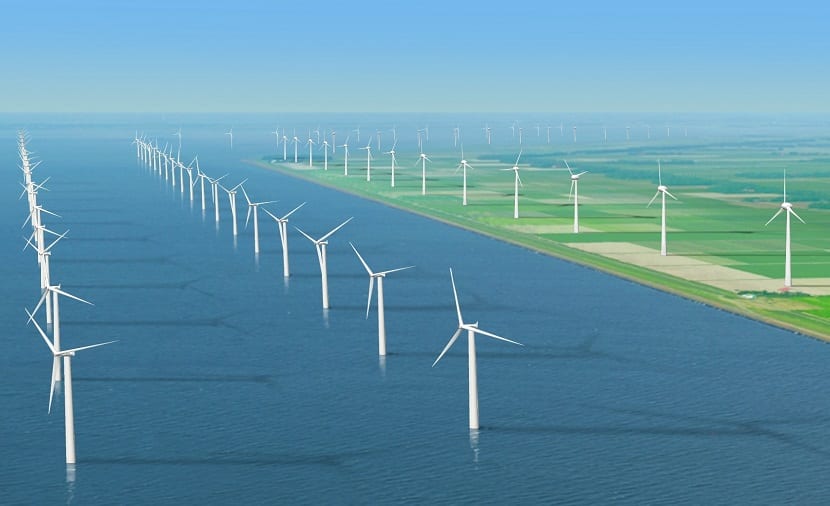
There were also disconnections
The 2016 Balance just published by the European Observatory for Renewable Energies also includes disconnections. wind float has been the protagonist of one of them. It happened off the coast of Portugal, where this two megawatt wind turbine, which was located on a floating platform, has been tested for five years. Objective? Gather information that the company will use to refine its floating proposal. A prototype has also been disconnected, five megabytes in this case, in Hooksiel (Germany).
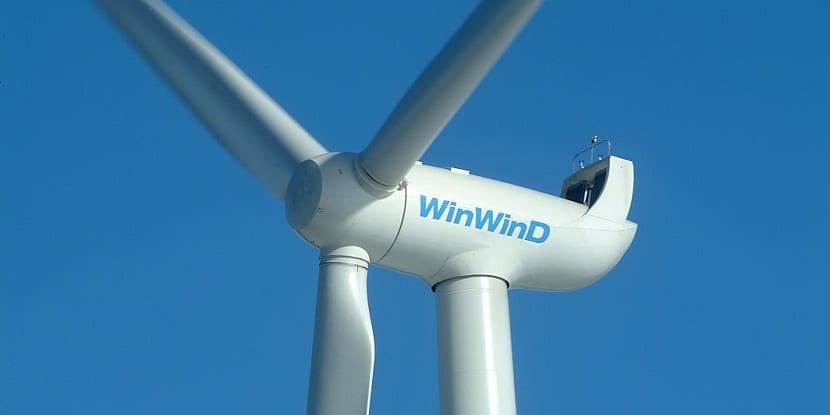
The perspectives of the sector
Beyond the 2016 numbers, EurObserv'ER announces that the biennium that is already taking us (2017-2018) will present much more important numbers than those registered during 2016. In this sense, the European barometer cites as a source the employers of the Old Continent, wind Europe, according to which at the beginning of 2017 there are no less than 4.800 megabytes in the construction phase, 24.200 more authorized and a total of 65.600 in the design phase. According to WindEurope, in economic terms, investment grew in 2016 up to 18.200 million euros (eleven projects obtained funding). That amount is almost 40% more than that registered in 2015.

The largest offshore wind farm in the world
Currently, the largest offshore wind farm is on the coast of Kent (England). Despite being the largest park, its promoters plan to increase its power up to 870 MW in a second phase pending approval.
After four years of construction and an investment of more than 2.200 million euros, the park is made up of 175 Vestas SWT wind turbines, These extend out to sea occupying an area of approximately 100 square kilometers at a distance of 20 kilometers from the Kent coast, southeast of England.
An average of 450 kilometers submarine cables and two offshore substations, which centralize the energy generated by the wind turbines before transporting it to the ground inside.
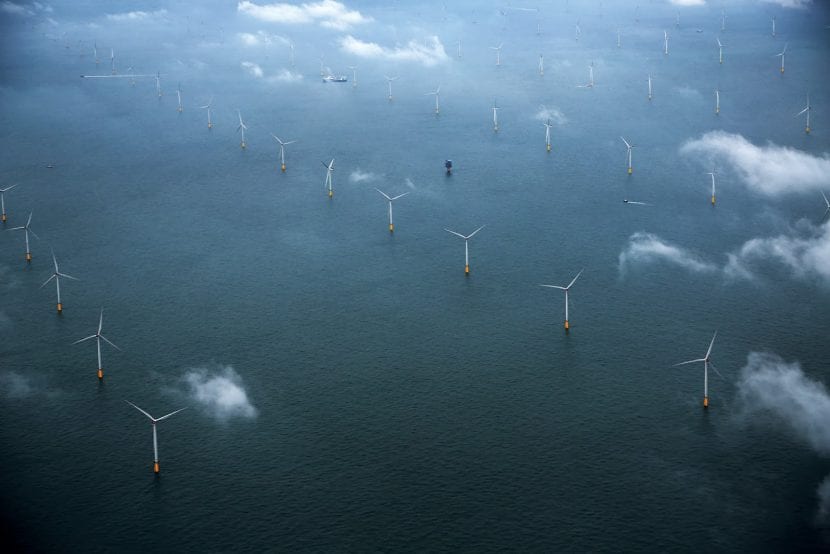
Assembling the wind turbines
For the installation of each wind turbine offshore, it has been necessary to build a regular mesh of piles adapted to the specific characteristics of the seabed, with a depth that varies between 5 and 25 meters depending on the case. These supports allow each of the turbines to be lifted Vestas SWT-3.6MW-120 above the sea level, and on the other hand, act as a foundation to transmit its weight of up to 225 tons to the ground.
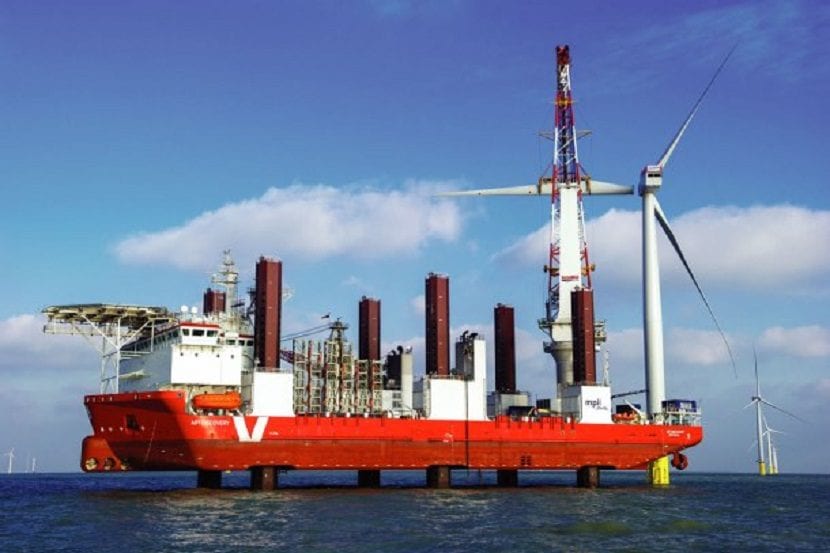
Each of the 175 wind turbines has a height of 147 meters, 90 meters rotor diameter and a blade length of 58,5 meters. For the transport of the energy generated by each of them, there are 210 km of submarine cable that connects each of the turbines with the two offshore substations, and these in turn connect with the substation of Cleve hill on dry land through 4 cables of 150 kV that reach the 220 km of length.
According to the promoters' estimates, in 2012 the offshore wind farm that existed to date supplied about a 1,5% of electricity, but with the London Array this figure is expected to rise above the 5% thus avoiding the emission of 925.000 tons annual CO2.
The recognition of wind energy as one of the least polluting and safe in the European energy scene is beginning to play a relevant role in the production of renewable energy on a global scale. In the case of offshore wind, the energy generated by the turbines has a lesser impact on the the environment, does not require dumping or earthmoving, and being located offshore, it has an impact less aggressive on fauna and vegetation compared to conventional wind.
Future expansion
The London Array has exceeded the expectations of the wind farm in Greater Gabbard, an infrastructure located in the same area that until now held the title of the largest offshore wind farm in the world with an installed capacity of 500 MW. But that is not all.
With the idea of continuing to lead the impressive race in offshore wind undertaken by the United Kingdom, the promoters of the London Array now intend to expand its power from the current 630 MW to the 870. This second phase is pending approval by the various competent authorities, but it would consolidate this wind farm as the largest ever built. In this 2017 we will have the answer?
I like the word "synergy", because of the word and its meaning, also the "circular economy", all of this applied to offshore wind turbines so they could help define fishing grounds for species protection and for the creation of farms marine and terrestrial wind farms that facilitate forest tracks and share the development of forest operations in the 1st parts of the investment: the construction of accesses in the mountains and at the same time facilitate access to hunting reserves
and its development and kill 30 birds with one stone or more, if it can be, it can. I understand the hunting grounds as areas of development of game species and development of environmental biodiversity, more profitability and European tourism development and repopulating our particular Siberias.
Hunting contributes to the survival of the human species, who also have rights as animals that we have always been, and the survival of areas of Spain on the way to human, animal, "sensu strict", tree and various plant depopulation.